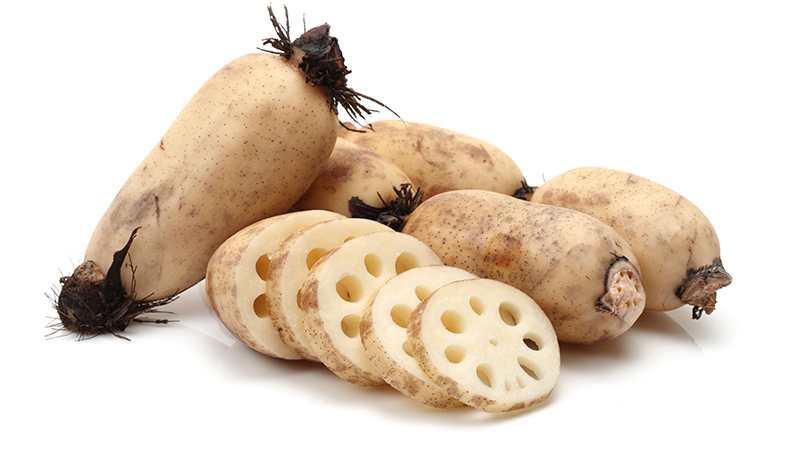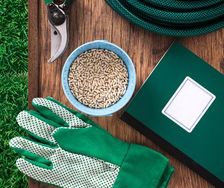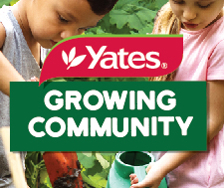Yates Account
Join now
Create a Yates account today!
Sign up to join the Yates Garden Club for monthly e-mails packed with seasonal inspiration, tips for success & exclusive promotions.
Plus if you’re a Garden Club member you can take part in the Yates Growing Community - a blog to share successes, get advice & win prizes in fun challenges along the way!

Forgot password
Enter the email address associated with your account, and we'll email you a new password.

Lotus plants are a well-known and symbolic water plant to many warmer parts of the world. Some will tolerate temperate climates. Their stunning flowers (held above the water line) come in a range of colours and their floating leaves have been admired for centuries. Actually an aquatic perennial, the lotus will spread via a creeping rhizome (with some species producing an edible ‘tuber’) to all areas of a dam where the water is the right depth. Too shallow and it won’t do well, too deep and it will not grow. Lotus are similar to a water lily, but generally require a warmer temperature and are more suited to tropical areas. As well as producing the edible tuber, the seeds are also edible and the pods of these plants are used in floristry. Available from water garden specialists either in a pot, or as a rhizome division. Select a variety suitable to your area.
How to grow lotus in a dam
- Choose a sunny spot for your water garden/pond/dam. Check with council on regulations regarding allowable depths for your area. You may also need approval if your water body is over a certain size. Lotus will flower best in a full sun position.
- Move some soil/mud out of the way and place your lotus in position. Plants will like 30-40 cm of water to do well.
- You will stir up the water a little, but this will settle quickly. You may be able to plant an established potted specimen or plant a dormant rhizome.
- Lay some pebbles or stones over the disturbed soil. These are to hold the rhizome in place until the roots take hold. This will not take long!

How to grow lotus in a pot/pond
- Enrich the garden soil/loam you are going to use with Yates Dynamic Lifter Organic Plant Food, but don’t mix in too much if you have a small pond, as you can foul the water as it can leach some nutrients. Choose a pot with a minimum 250 mm wide top, or plant directly into a lotus bowl. These make a lovely garden feature.
- Fill pot with garden soil or loam, gently tease the roots and cut away any circled or tangled roots if repotting, or spread evenly the roots of a dormant rhizome. Do not plant rhizome below the soil level, and leave a 5cm gap on top of pot, so some gravel can be placed around the plant to stop soil escaping and floating onto pond. Be careful not to damage the growing tip of the rhizome.
- Once potted, run some water through the pot to saturate the soil, and gently lower into your pond. Position in full sun for optimum flowering.
- If growing in a lotus bowl, fill the largest lotus/water bowl you can manage to a third of the way with a garden loam with a little added Yates Dynamic Lifter Organic Plant Food. Plant your rhizome and hold it down with gravel/rocks. Gently fill bowl with water and wait for growth to appear. Again, full sun is ideal for optimum flowering.
Growing tips
- Remove any spent flowers or old leaves as they age.
- Prune regularly.
- Once established fairly low maintenance.
- Keep in a full sun position. Dislike very cold winters.
- Don’t over fill your pond with aquatic plants. They can grow quickly in warm weather and compete with each other and need thinning out.
- Prefer be kept wet and in warmer water. Excess drying out can result in dormancy or death. Some can be winter deciduous.
- Best to grow in a soil or garden loam rather than a potting mix if using in a pot to submerge in a pond or water garden.
- Edible varieties can take several months to develop. Flowers from plants from division may occur with in the first year.
- Active growing during warmer months. Plant in spring from rhizome or division.













Share
Share this article on social media